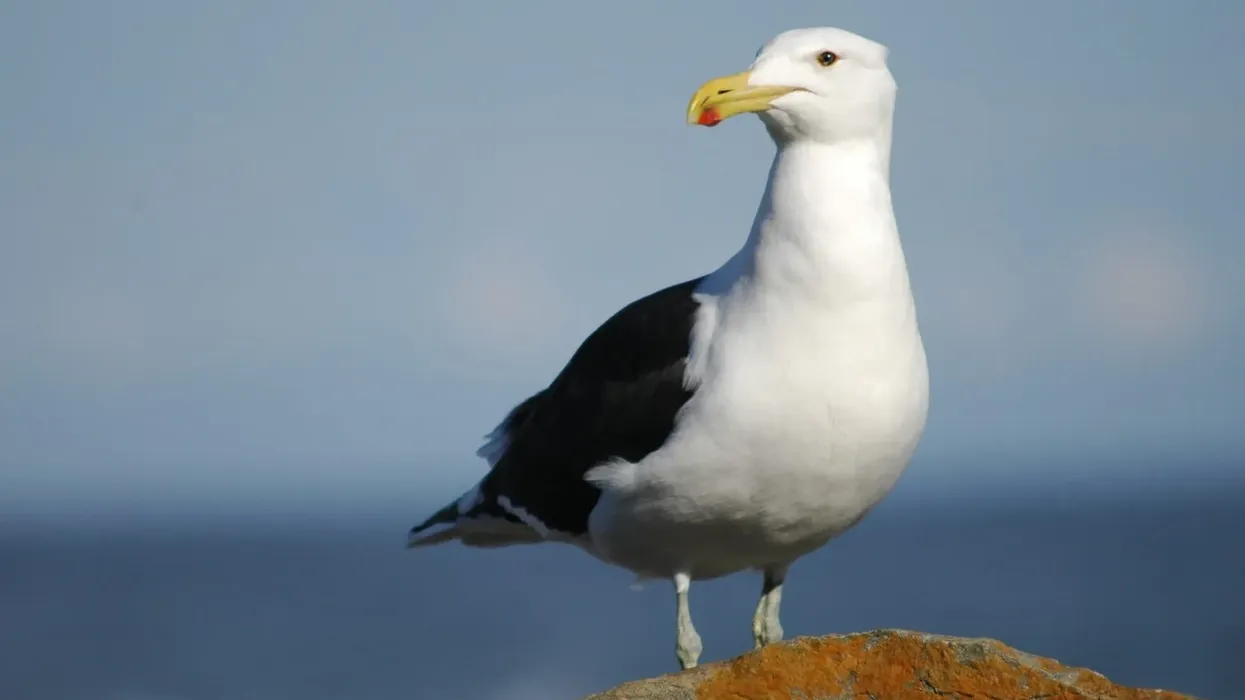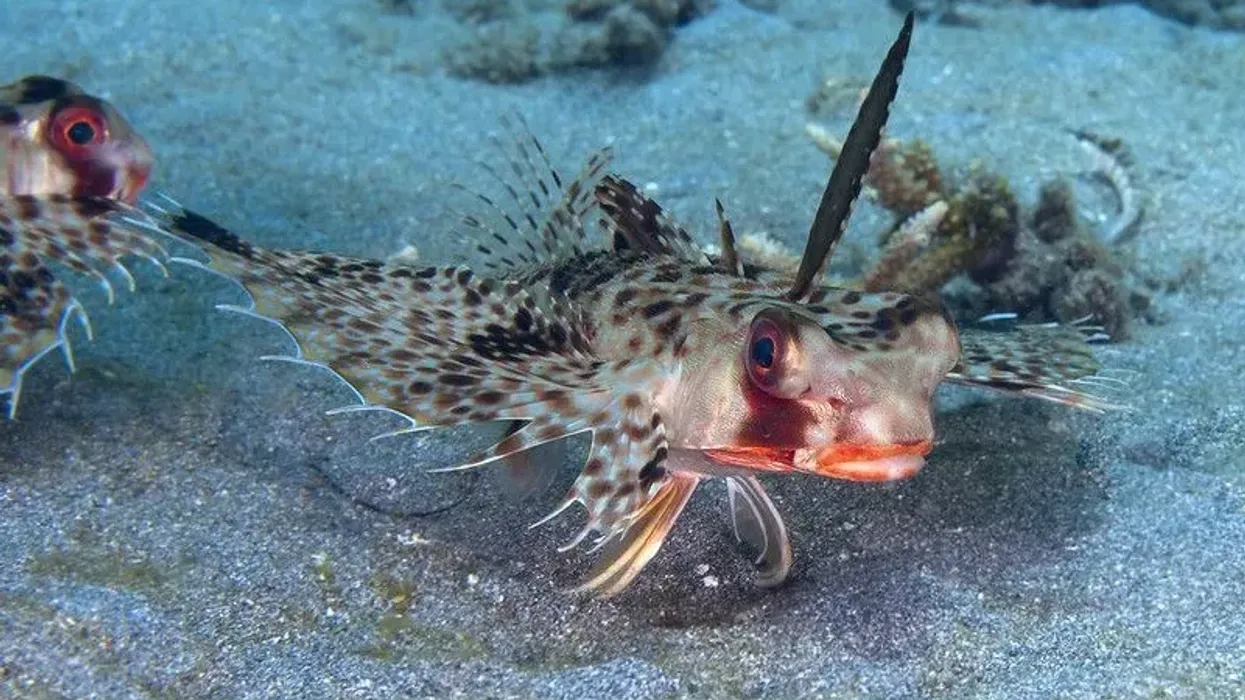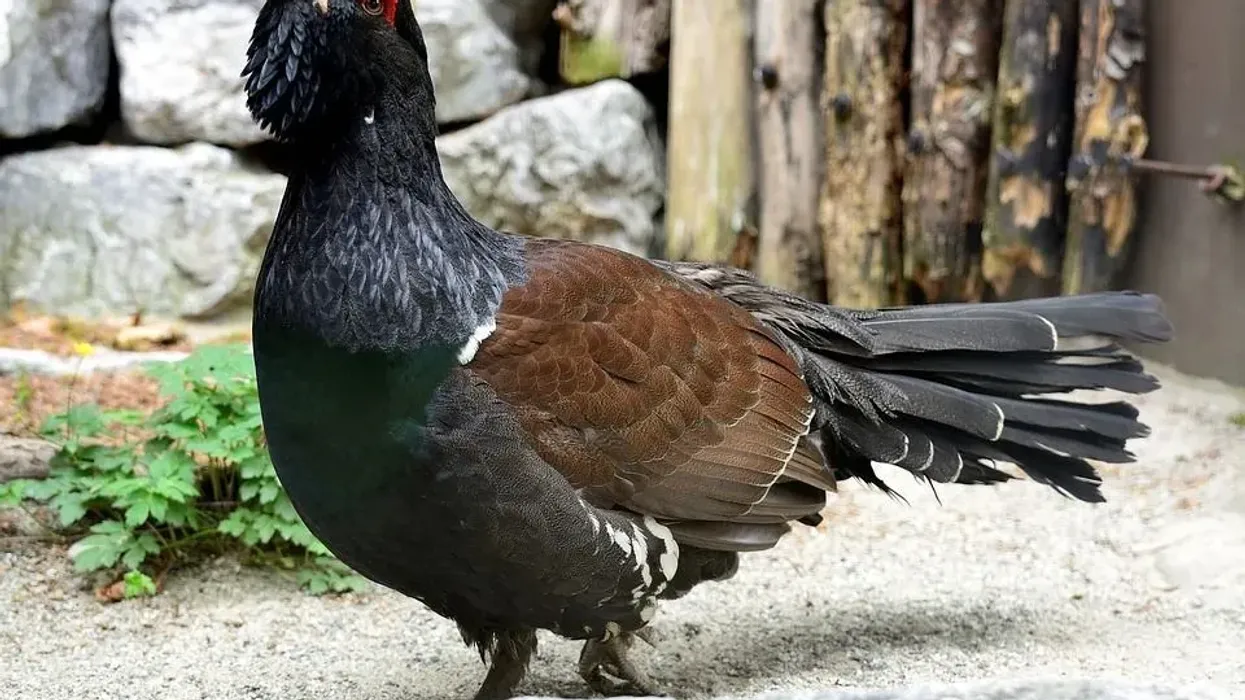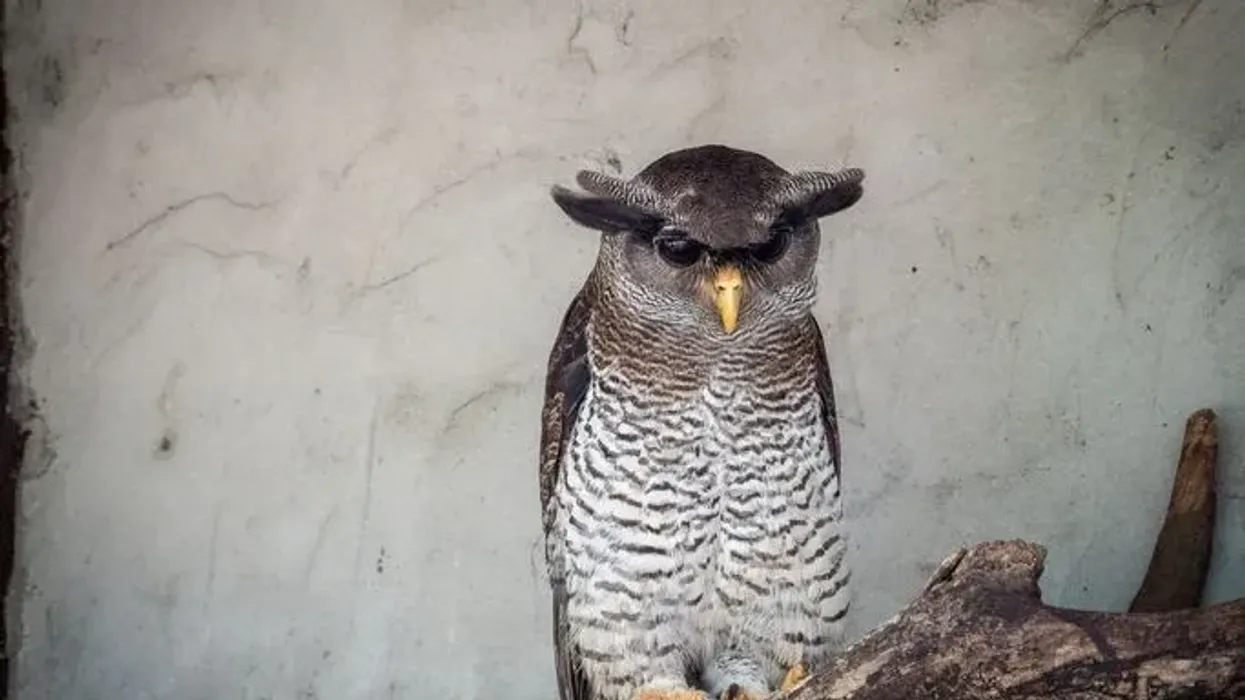The western gull, Larus occidentalis, is a bird that belongs to the Laridae family of animals. These birds are found on a wide range in coastal areas, near rocky islands, shores, beaches, and estuaries.
They qualify as one North American bird as they are found in the regions of Mexico, Baja California, Canada, Washington, the Gulf of California, and Oregon.
During the breeding season, their colonies might mainly be found near the sea lion nesting areas. They nest on the ground with little vegetation.
Even though these birds are found in the regions of California, they can be differentiated by the California gull species. They have a different appearance with the wings of the western being dark and California being a lighter shade of gray. Read on to know more about the western gulls and explore the western gull vs California gull trend.
For more details about similar animals check our articles on the Bowerbird and Harpy Eagle.
Western Gull Interesting Facts
What type of animal is a Western Gull?
Western gulls are birds that belong to the Laridae family of animals.
What class of animal does a Western Gull belong to?
This species of gull belong to the Aves class of animals.
How many Western Gulls are there in the world?
Most of the western gull population is concentrated in the regions of North America. There are around 115,500-118,500 birds of this species of western gull (Larus occidentalis) in the world with a majority living in Baja California, Washington, and so on.
Where does a Western Gull live?
The Western gulls are popular in the regions of North America. Their colonies are usually spotted in Baja California, Mexico, Washington, along the Pacific coast, and British Columbia. Canada, California, and the Gulf of California are other regions where these birds can be spotted often.
What is a Western Gull's habitat?
These North American birds belonging to the Laridae family are often seen along the coast, sea beaches, shores, cliffs, estuaries, and rocky islands. They are also seen in a wide range of open areas like garage dumps and parking lots.
These birds are rarely ever found inland and usually don't migrate. A few of them might travel up south to Baja California and British Columbia in winter, although the exact number of these traveling birds is not known.
Who do Western Gulls live with?
This species is quite social and is known to live in colonies. Even though they live in their gull colonies, they are territorial and might get aggressive if another bird tries to come closer to their range. A group of these birds might be called a gullery or a flotilla even.
They might also hybridize and live with the Glaucous-winged gull. These North American birds have territories whose borders may tend to shift slightly from year to year. This is considered one of the interesting factors about their colonies.
How long does a Western Gull live?
These dark and white western gulls have a good lifespan which might range anywhere between 15-25 years.
How do they reproduce?
These western gulls are monogamous. These pairings are maintained for life. They are known to follow a courtship display during their breeding period with loud calls and movement around the coast or islands together.
They usually carry out their breeding functions on offshore islands. The western gull colonies form near the nesting sea lion and the pair builds the nest within their territory.
This nest is built on the ground in nearby vegetation. After mating the female is known to lay one to a maximum of five eggs. Where the average number of eggs is usually a clutch of three eggs in one nesting period.
After laying the eggs, both the male and the female incubate them for a span of 25 days to a whole month. As these eggs hatch the young ones are looked after by both the parents.
Even though the young chicks can walk on their own within a few days after hatching, they stay dependent on their parents for food.
This might go on for a span of six to seven weeks. The parents take the responsibility to feed the family until the young ones fledge and become independent.
There is a high probability of these young birds leaving their nest in search of food during these weeks.
In such cases even though these abandoned chicks might be killed by the other nesting pair, a large number of adoption is observed in the western gull colonies by other gulls. The chicks who aren't abandoned leave the nest once they are 10 weeks old and begin to fly and live on their own.
What is their conservation status?
These North American birds are marked under the Least Concern list by the International Union for Conservation of Nature (IUCN). The population might, however, be in danger due to the restricted range with a high possibility of disasters as these birds are vulnerable to climatic events like oil spills and hurricanes.
Western Gull Fun Facts
What do Western Gulls look like?
The western gulls are similar to their relative species of the Glaucous-Winged gull and the slatey-backed gull. The Western gull has dark gray wing feathers with a white head and body. These dark wings also cover the back of their body.
They have pink thin legs and a yellow bill. This yellow bill has a red spot to help the babies to stimulate the process of feeding.
After birth, the young chicks bite onto the red spot on the bill which is a similar process that the chicks follow while feeding. These birds take around four years to fully develop their plumage. After four years, those species develop the shades, and fullness of adult plumage in their feathers.
How cute are they?
In appearance, these birds with their white and dark plumage and the yellow-colored bill might look cute. Although, their loud calls and noisy behavior might add a few negative points to their cuteness quotient.
How do they communicate?
This bird is noisy and mainly uses vocal calls to communicate with each other especially when in their colonies and their nest. They use 'keow' and 'quock-kuk-kuk-kuk' calls as their breeding, warning, and alarm calls.
Apart from vocal communication, they also use physical gestures to communicate. This is mainly seen during the breeding period when the pair engages in their courtship displays.
How big is a Western Gull?
The western gull is a large bird with a length range of 22.1-26 in (56-66 cm). These birds have an average wingspan of 47.2-56.7 in (120-144 cm) and are two to three times bigger than little gulls.
How much does a Western Gull weigh?
This medium-large size bird usually weighs between the range of 1.7-2.7 lb (0.8-1.2 kg).
What are the male and female names of the species?
Western gull is a gender-neutral name used for both males and females.
What would you call a baby Western Gull?
Just like other gulls, the babies of western gulls are called chicks.
What do they eat?
These gulls follow a carnivorous diet with squids, small fish, crabs, and clams. Their diet also includes other bird's eggs and carrion that are found near the sea.
Would they make a good pet?
No, the gulls are wild birds who love to live with their species near the sea or beaches.
Did you know...
These western gulls are known to hybridize by mating with the Glaucous-winged gull. This hybrid bird bred as a result resembles the Thayer's gull. This bird, resembling the Thayer's gull, has a thick bill and a flat and big head. The hybrid bird population is mainly observed near the Gulf of California, Alaska, Canada, and the Pacific coast.
What is the difference between a gull and a seagull?
The western gull is one of the 50 other species of gulls in the world. Technically speaking there are no particular species of birds that go by the name of seagulls.
Seagull is a colloquialism used for all the birds belonging to the Laridae family of animals.
The term was formed by the common sighting of these gulls near the sea. The special thing about all these different breeds of seagulls is that they have glands above their eyes that help them eliminate the extra salt deposits on their body.
What can eat a Western Gull?
There are no known predators of the western gulls in particular. However, birds of prey such as eagles do sometimes prey upon gulls at large. This range of dark and white birds from Washington, California, Mexico, and other parts of North America have mostly nature-related threats instead of predators.
Here at Kidadl, we have carefully created lots of interesting family-friendly animal facts for everyone to discover! Learn more about some other birds from our Guam Rail fun facts and Birds of Paradise facts.
You can even occupy yourself at home by coloring in one of our free printable Western gull coloring pages.










